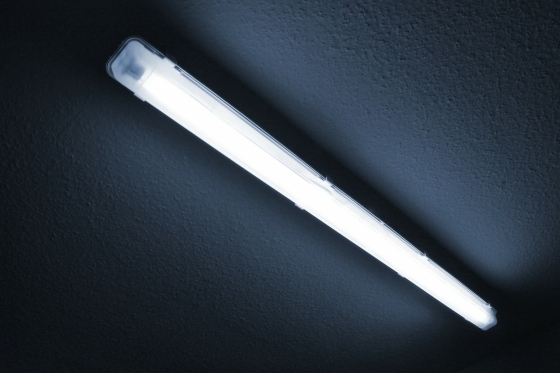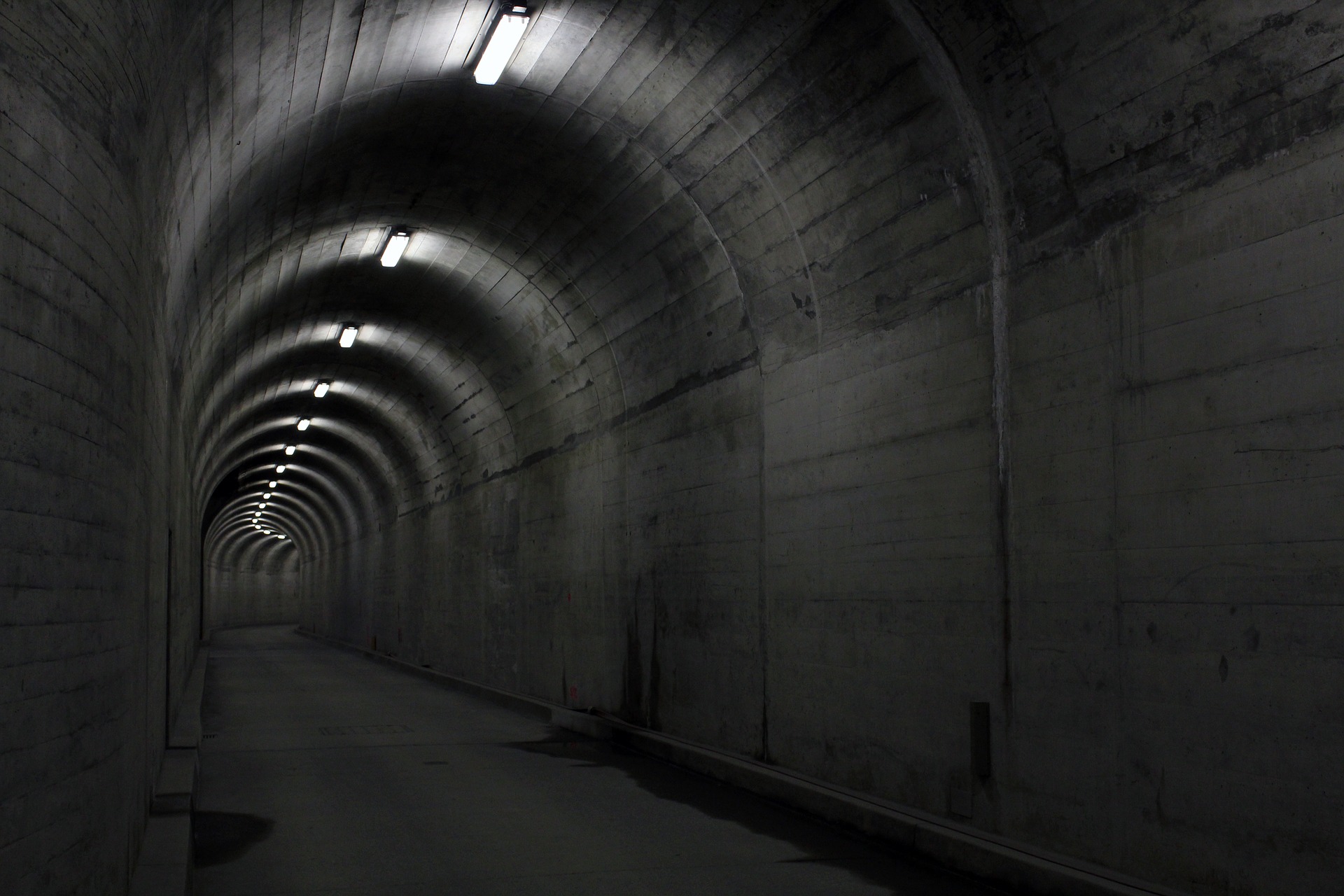Why Do Fluorescent Lights Flicker?
If you work in an office, school or any type of establishment that uses fluorescent lighting, you may have noticed that occasionally the bulbs will flicker.<br /> <br /> The flickering can be frequent or may only happen rarely but either way it can be distracting and can also cause strain and di

If you work in an office, school or any type of establishment that uses fluorescent lighting, you may have noticed that occasionally the bulbs will flicker.
The flickering can be frequent or may only happen rarely but either way it can be distracting and can also cause strain and discomfort to your eyes.
So, why do fluorescent light bulbs flicker? Find out more about this issue by reading our blog.

The Flow Of Energy Has Been Disrupted
All lightbulbs are fitted with electrical devices known as ballasts, which help to control the flow of energy from a power source directly to the light source. There are two types of ballasts available, electrical and magnetic. Magnetic ballasts are a much older technology, and lights that are fitted with these are much more likely to flicker than those with an electrical one. If your fluorescent lighting is fitted with a cheap or faulty ballast, the flow of energy will be disrupted and this will cause flickering. While you can opt to have ballasts repaired or replaced, this can be a costly process and often you are better off to replace the bulb altogether.
The Bulb Isn’t Fitted Correctly
When you are fitting lights, it’s important to ensure that every part of the bulb and its fitting is secured well. If your bulb isn’t fitted well, this can result in flickering. You will also notice flickering if the mounting plate that the ballast is attached to is loose.
It’s Set Up To The Wrong Type Of Switch
Many people are now using dimmer switches so they are easily able to alter their lighting. Because of the way that fluorescent bulbs are made, they are not equipped to be used in conjunction with a dimmer switch and if they are this can result in flickering.
Should You Make A Switch?
As well as flickering, fluorescent lighting can come with a number of other problems that can make them a less attractive choice for light fittings. The ballast that they are required to be fitted with can also produce a humming or buzzing noise which can be distracting, particularly in working and school environments.
LEDs are a much better choice for lighting and also benefit from being more cost-efficient and economical.
